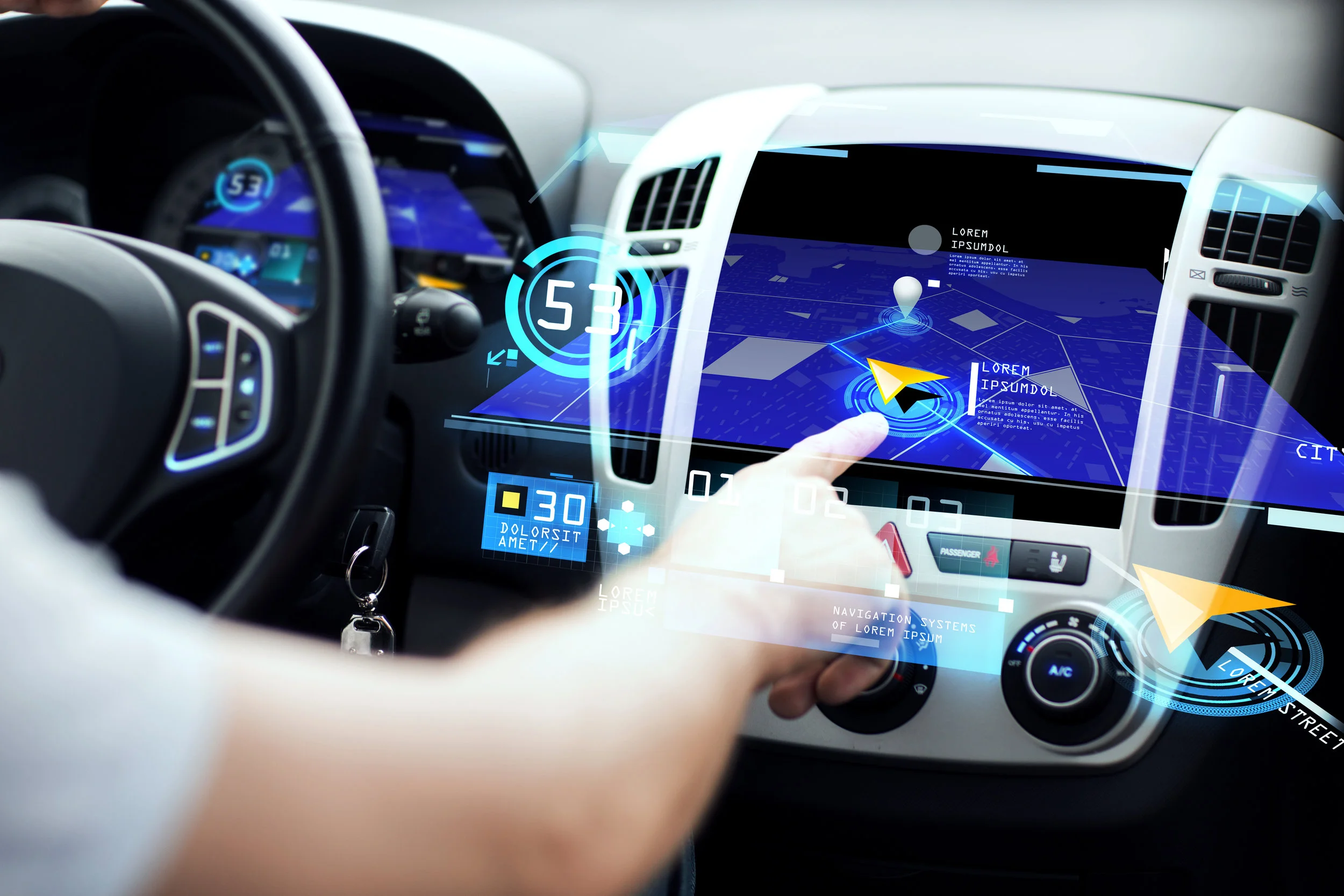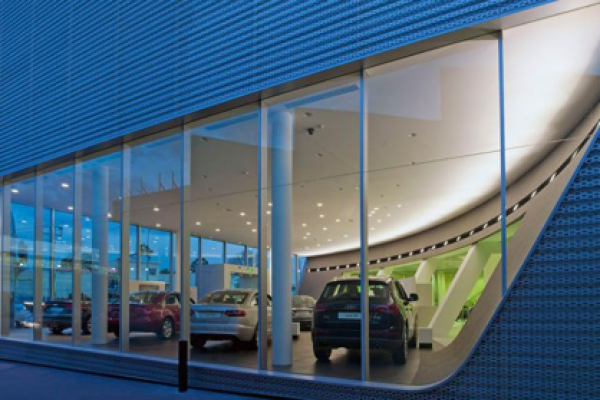Executive Briefings
ICDP’s Executive Briefings - high-level summaries of our insights on the full range of programme topics - are available for all to read and download. If you make use of them in your own material, please remember to attribute ICDP as the source.
Executive Briefings from 2020, 2019, 2018 and 2017 are also available to download.
Discussion Paper: What type of dealers? Different avenues for automotive distribution architectures
Leonardo Buzzavo, Associate Professor of Management, Ca’ Foscari University of Venice DP 2021
Albeit many relevant pressures to change have been arising from many factors, distribution architectures in the automotive industry have featured more evolution than revolution over multiple decades. Recent trends lead to question whether more substantial transformations lie around the corner, with brands seeking more direct involvement, for example by leveraging digital connectivity to customer and/or exploring alternative formats such as agency. We believe that changes ahead may not necessarily feature convergence towards one model, but rather increase the scope for differentiation. This takes into account that brands are likely to find themselves in different situations according to their capabilities to operate pull versus push systems and to their ability - or strategic intent - to control downward stages of the chain. The end outcome may lead to much more variation in distribution choices - both across and within brands - than in the past.
The growing criticality of the retail systems environment
Andrew Tongue 07/21
As in so many other sectors, the systems environment is THE critical component in delivering an omni-channel buying or ownership experience to automotive customers. Preferences need to be captured and shared across the different channel ‘touchpoints’, so that each can pick up the customer journey where the last left off, and in the back-office, processes and data need to flow so that fulfilment can happen seamlessly. Systems responsiveness and effectiveness is now a key source of competitive advantage for OEMs and dealers alike.
Agency – A better approach to distribution networks?
Steve Young 06/21
Although car manufacturers (OEMs) and private distributors operating on their behalf have always had the choice of what contractual relationship to have with their dealer network, the default choice for all in most markets has been a franchise arrangement. Also available below in German: Sind Agentursysteme besser für das Händlernetz?
Sind Agentursysteme besser für das Händlernetz?
Steve Young 06/21
We have translated this briefing into German.
Dealer Investor Consolidation and its impact on channel roles and relationships
Pascal Haubenreisser 05/21
The decline in the number of traditional dealer investors is a well-established trend and this has increased over recent years due to additional pressures such as the need to invest in digitalisation and in operating standards for alternative technologies. Only a few manufacturer or importer-led approaches aiming at reducing over-representation and network costs have had a significant impact so far.
Dealer digitalisation:
How dealer IT must change to meet omni-channel needs
Pascal Haubenreisser 04/21
As highlighted in many of ICDP’s reports and presentations - the ‘Dealer of Tomorrow’ report and ‘Clean Slate’ - we believe that digitalisation of retail is a key step to enabling a seamless customer journey within an omni-channel system orchestrated by the OEM. To achieve this, existing IT structure needs to be enhanced to ensure smooth business and customer processes.
Online sales channels in Europe – a strong evolution at OEM and dealer level
Pascal Haubenreisser 03/21
Everyone understands the relevance of online sales for many goods and services and especially for automotive retail. Accelerated by digitalisation, the growing acceptance of a monthly payment for many activities, and changing customer behaviour in general, means more customers are comfortable with buying online. For new cars, online sales channels operated by different players (OEMs, dealers, third-parties) have appeared and complement the buying process in a way that customers understand from other industries, as well as the physical outlets. In addition to ICDP’s regular consumer survey and update of OEM online sales channels, now we have focussed more on dealer online new car sales channels within the main European markets. Our essential criteria to do this, was whether they allow either a partial (i.e. paying a deposit) or a full car-purchase/finance/subscription transaction to take place. This briefing summarises some of the highlights from our research on OEM and dealer initiatives during 2020.
How multi-brand independent repairer franchises and service chains support their affiliates to adapt to the aftermarket pressures ahead?
Christophe Guillaneuf 02/21
Looking at the aftermarket’s recent evolution, it is clear, as shown in the chart below, that there are four major pressures on repairers needing them to adapt promptly, especially in the case of in-vehicle technology. This combines various hot topics such as the electrification of the powertrain, the connectivity of the car and its ability to interact with its user and its environment via specific devices or autonomous driving systems amongst which a variety of different features are collectively referred to as ADAS. The second ingredient comes inevitably in complement with the first one and relates to the critical need for repairers to get access to relevant technical data and information. The third pressure results from the increasing fierceness of competition between the OEM and IAM channels. With a decreasing overall demand on the Repair & Maintenance market, repairers are battling both to preserve their usual share of the market and are looking to encroach into areas usually handled by others. The fourth pressure relates to digitalisation which increases market transparency for customers and allows more of the aftersales related activities to be conducted online. It is commonly shared that smaller and isolated repairers will struggle more than others to deal with all of these pressures. In this context, one of the major roles to be played by multi-brand independent repairer franchisors, service chain (Service chains: auto centres, fast fitters and tyre specialists) central organisations or standalone authorised repairer trade associations is to support their affiliates to cope with the challenges ahead. This briefing is based on the main outputs from a qualitative survey conducted across the main EU4 plus the UK markets with major central organisations, franchisors and trade associations.
From March 2020 onwards, the COVID-19 crisis burst into Europe, how did repairers cope?
Christophe Guillaneuf 01/21
At the start of 2020 most European countries were hit by the first COVID wave and entered lockdown during which activities classed as ’non-essential’ were closed by local governments. However, in most cases, garages escaped closure and were at least allowed to remain open to carry out repairs and servicing work for key workers and emergency services.










